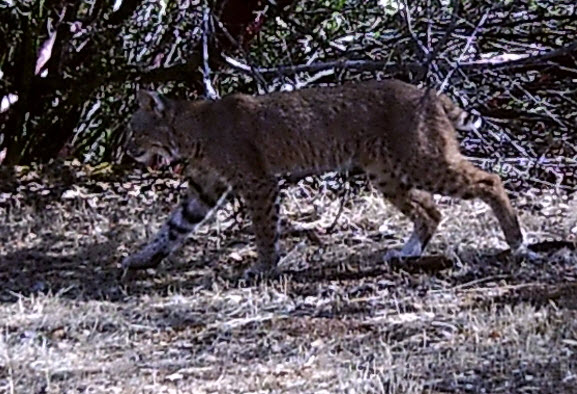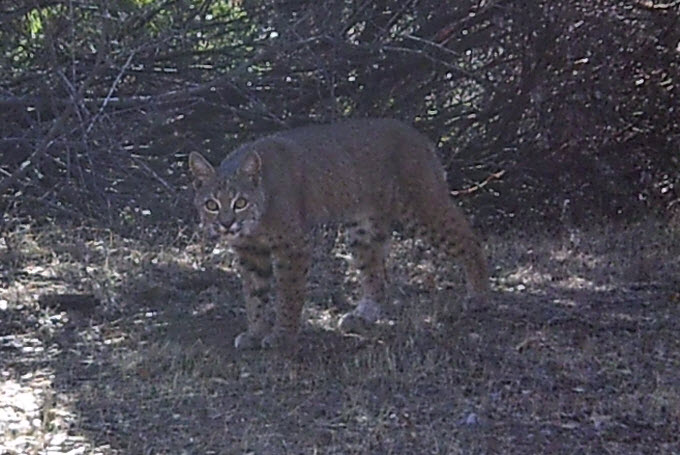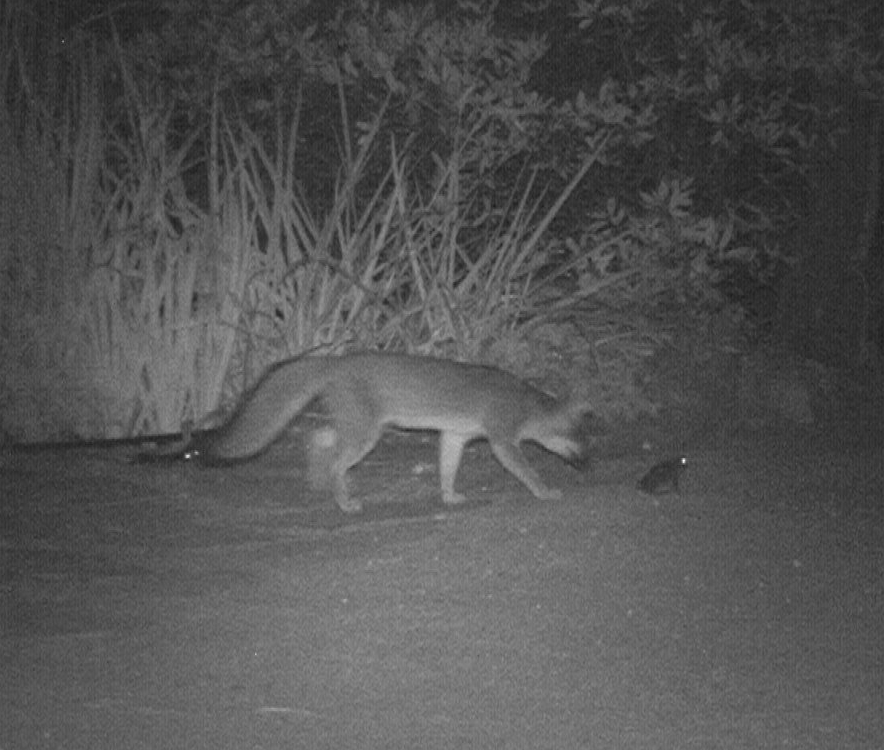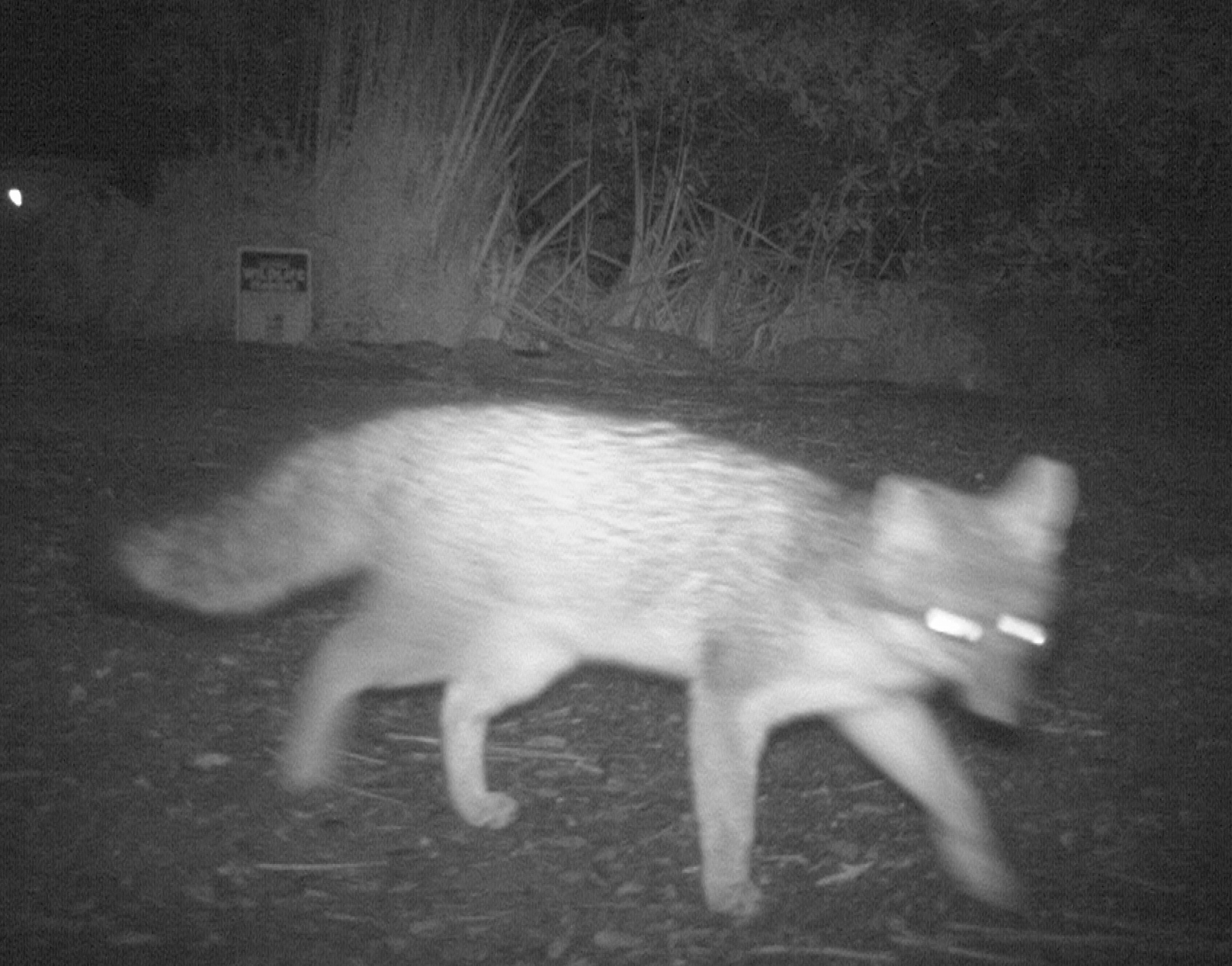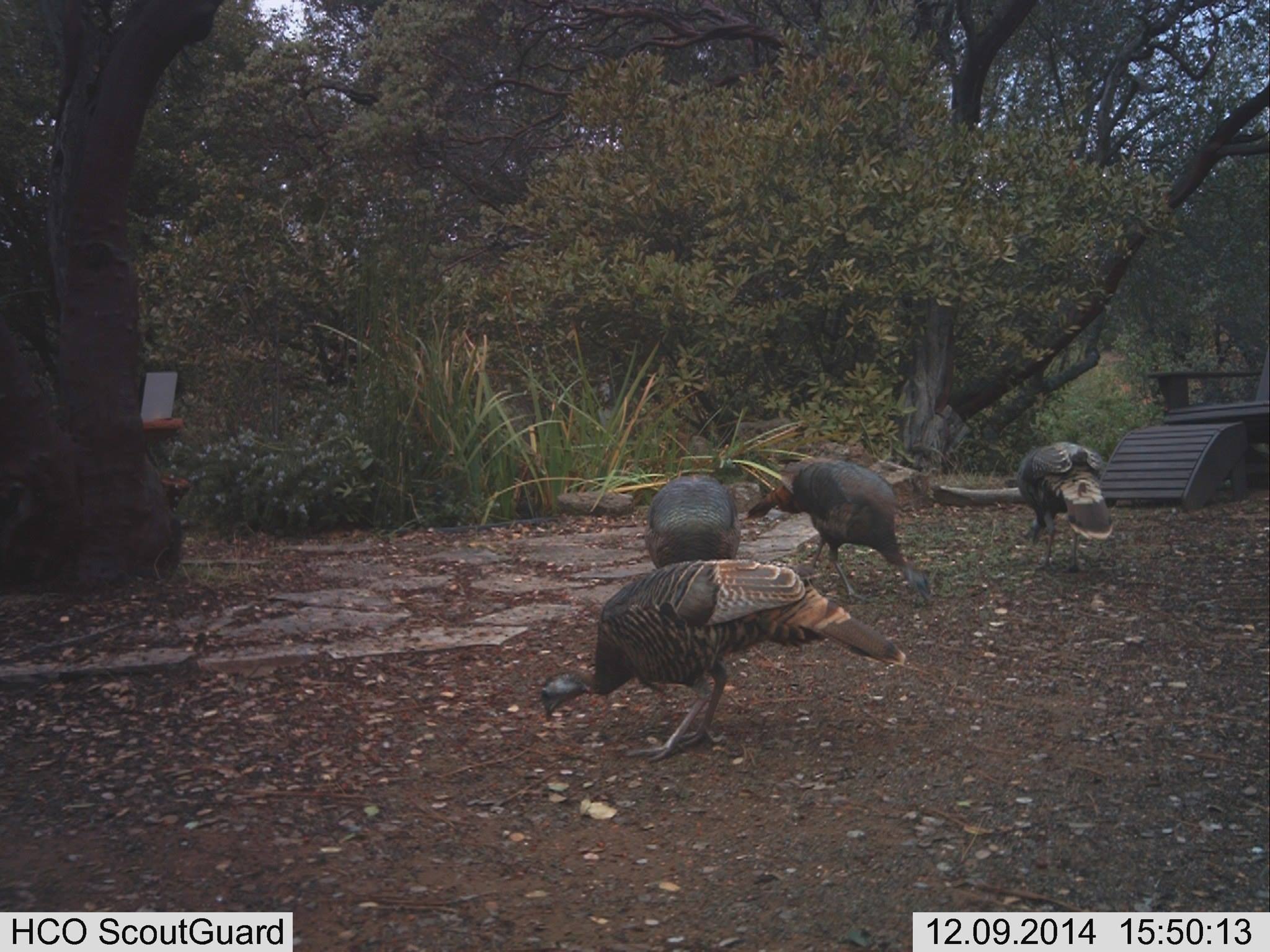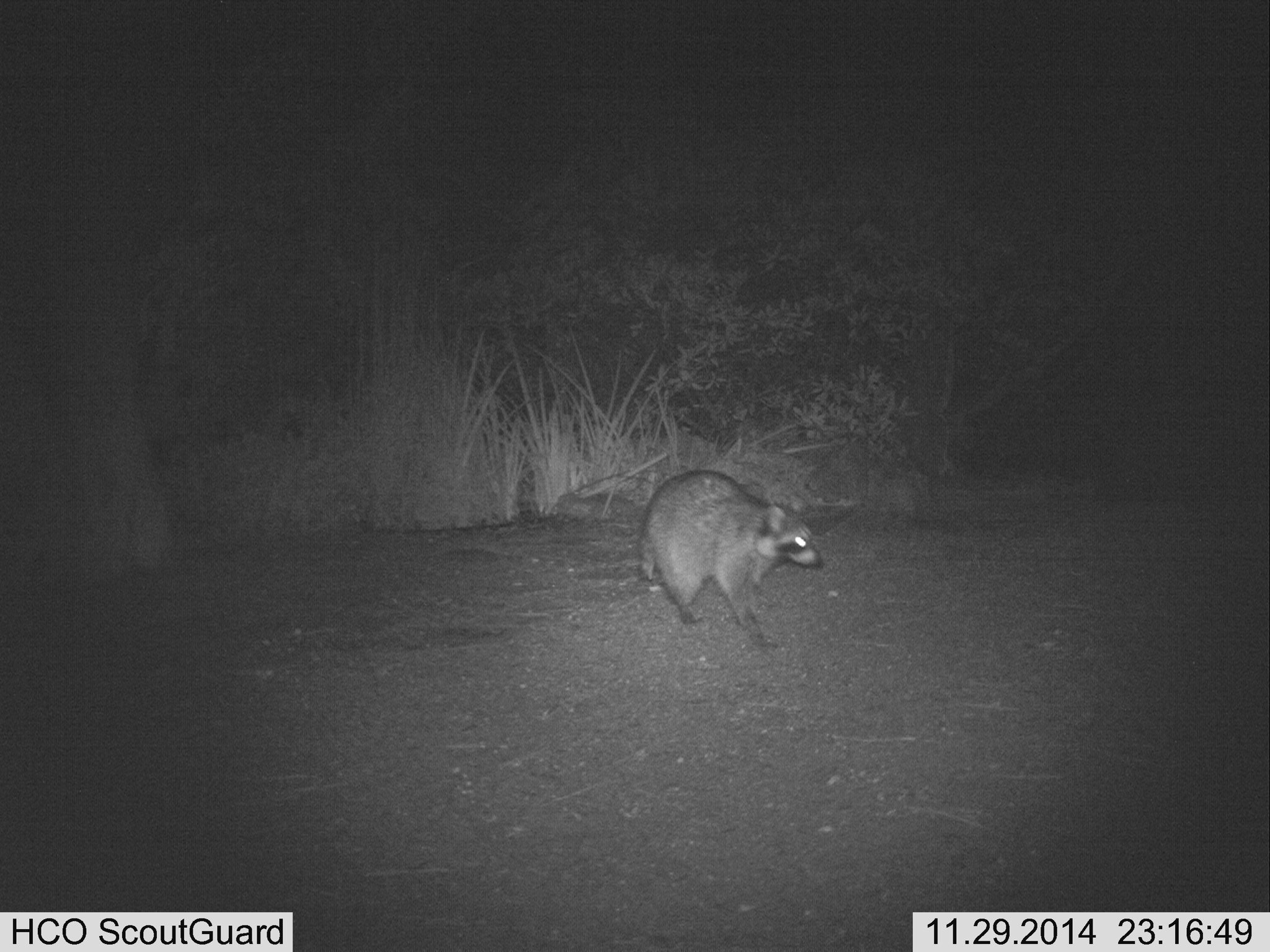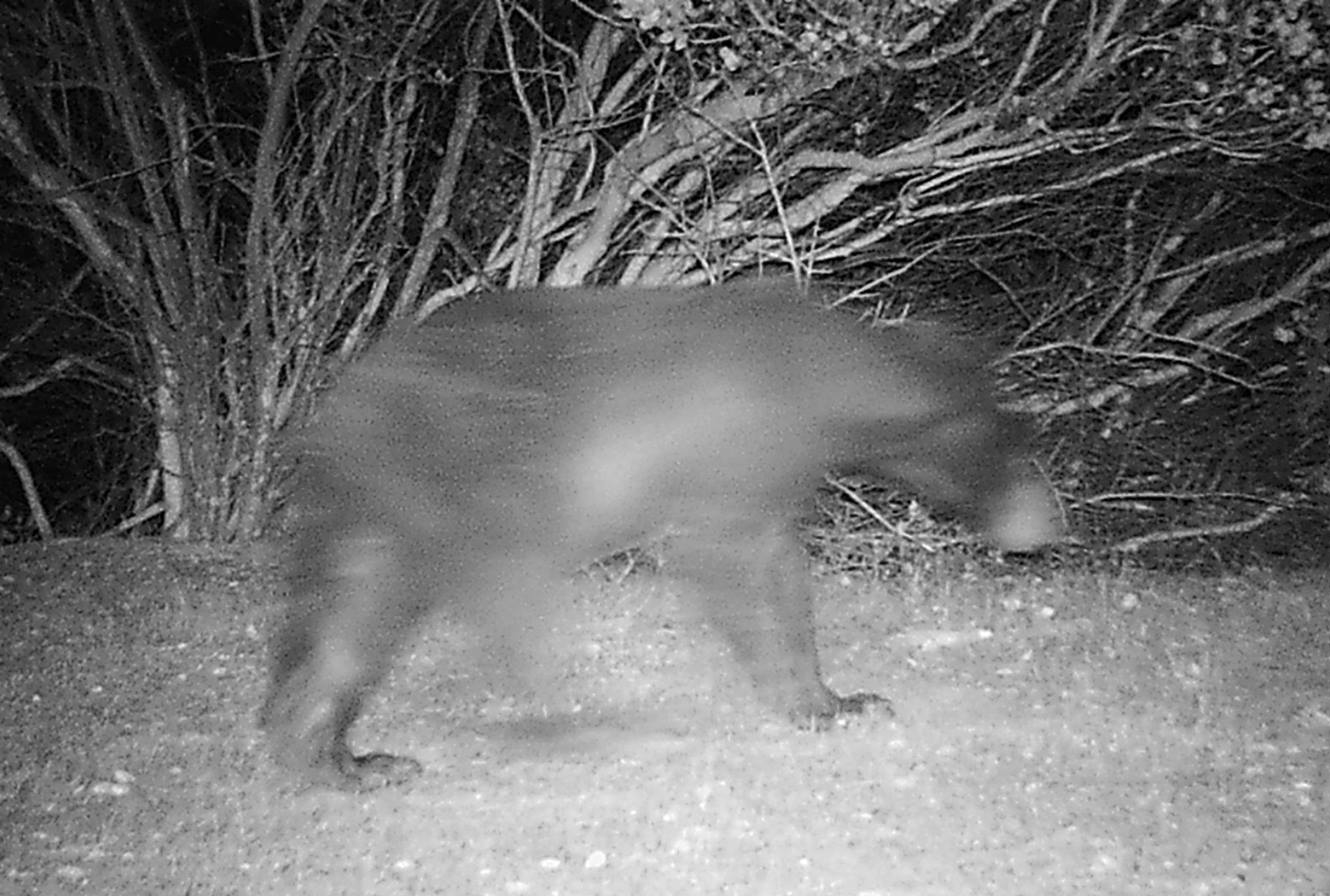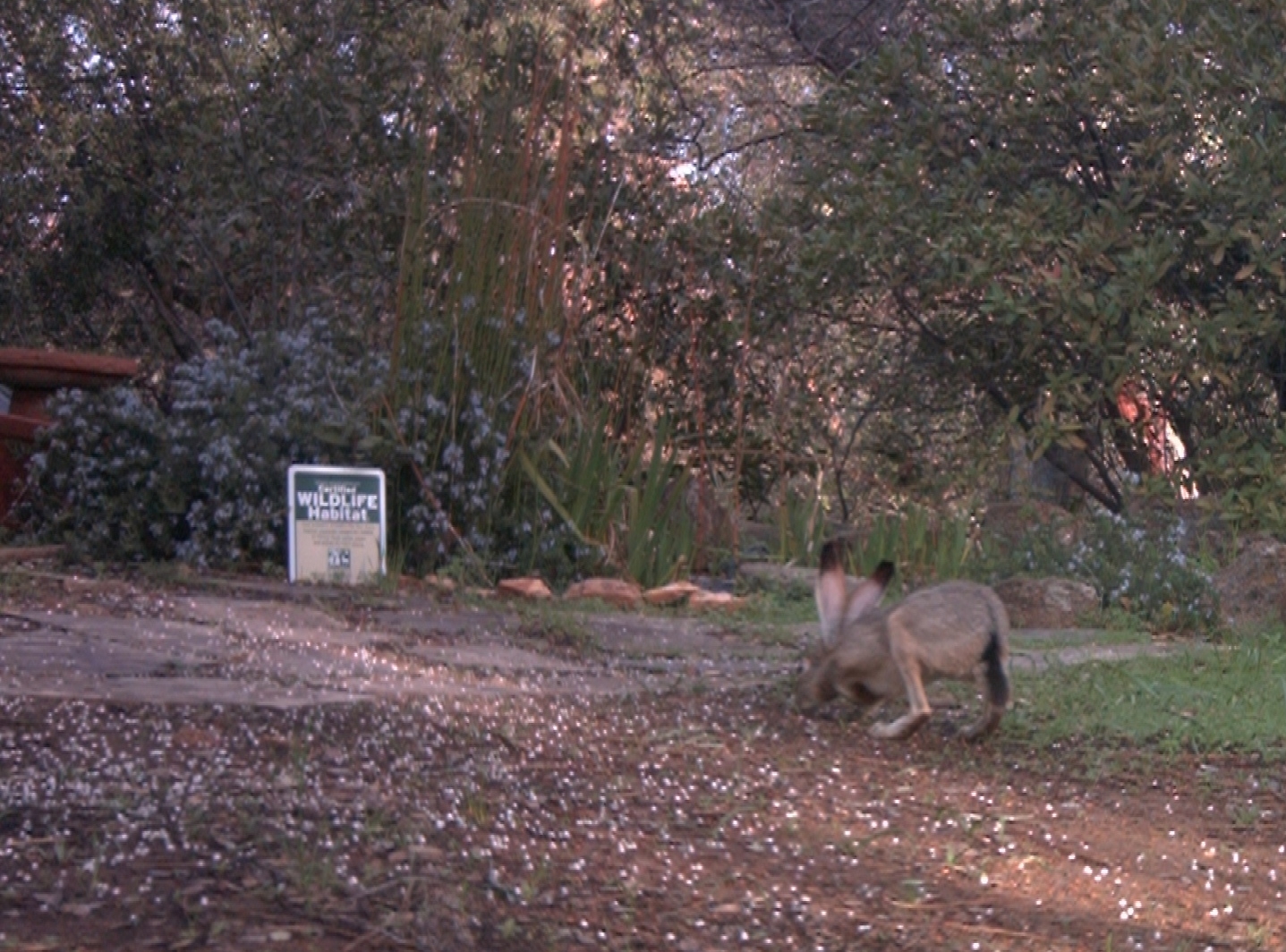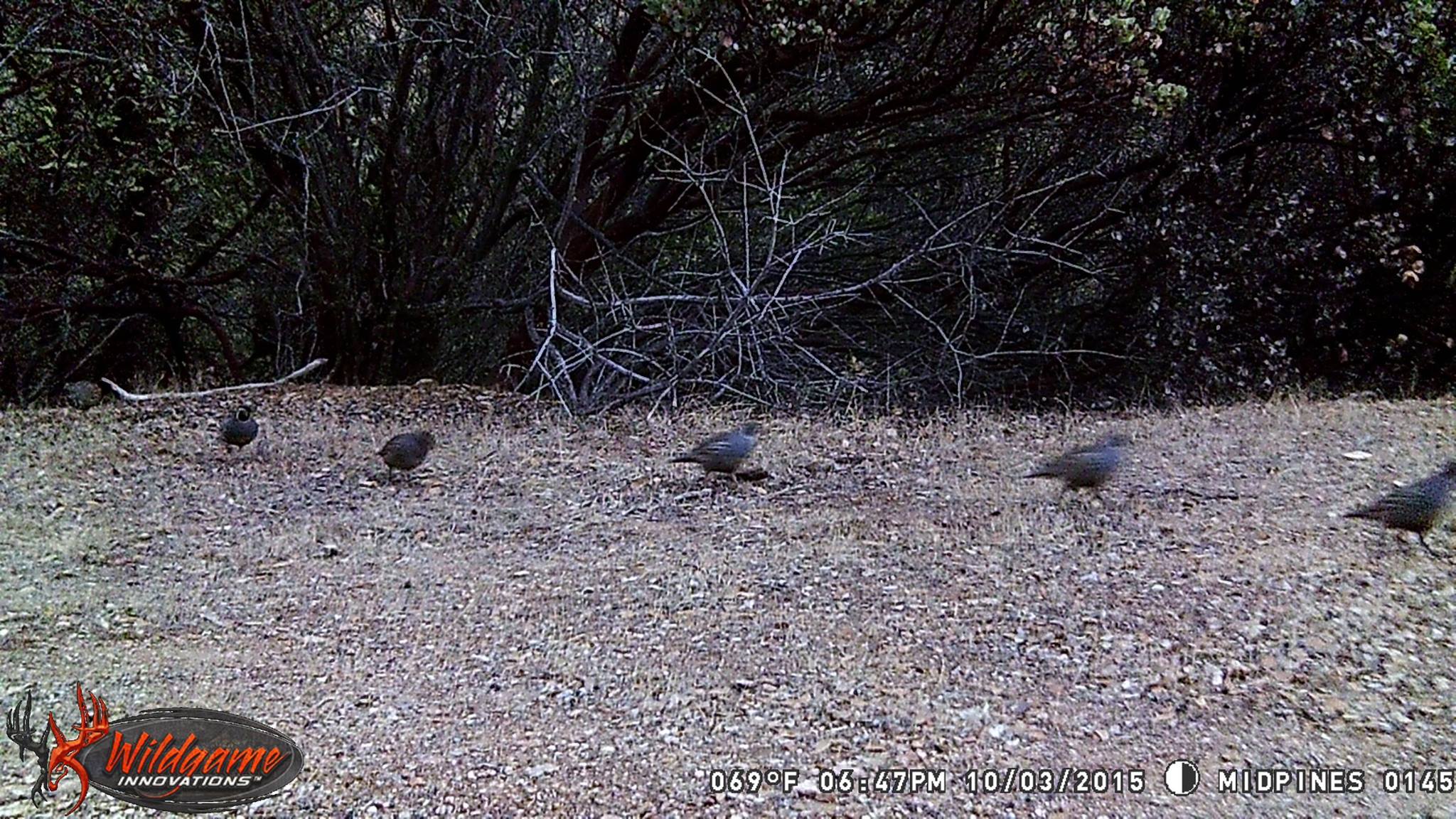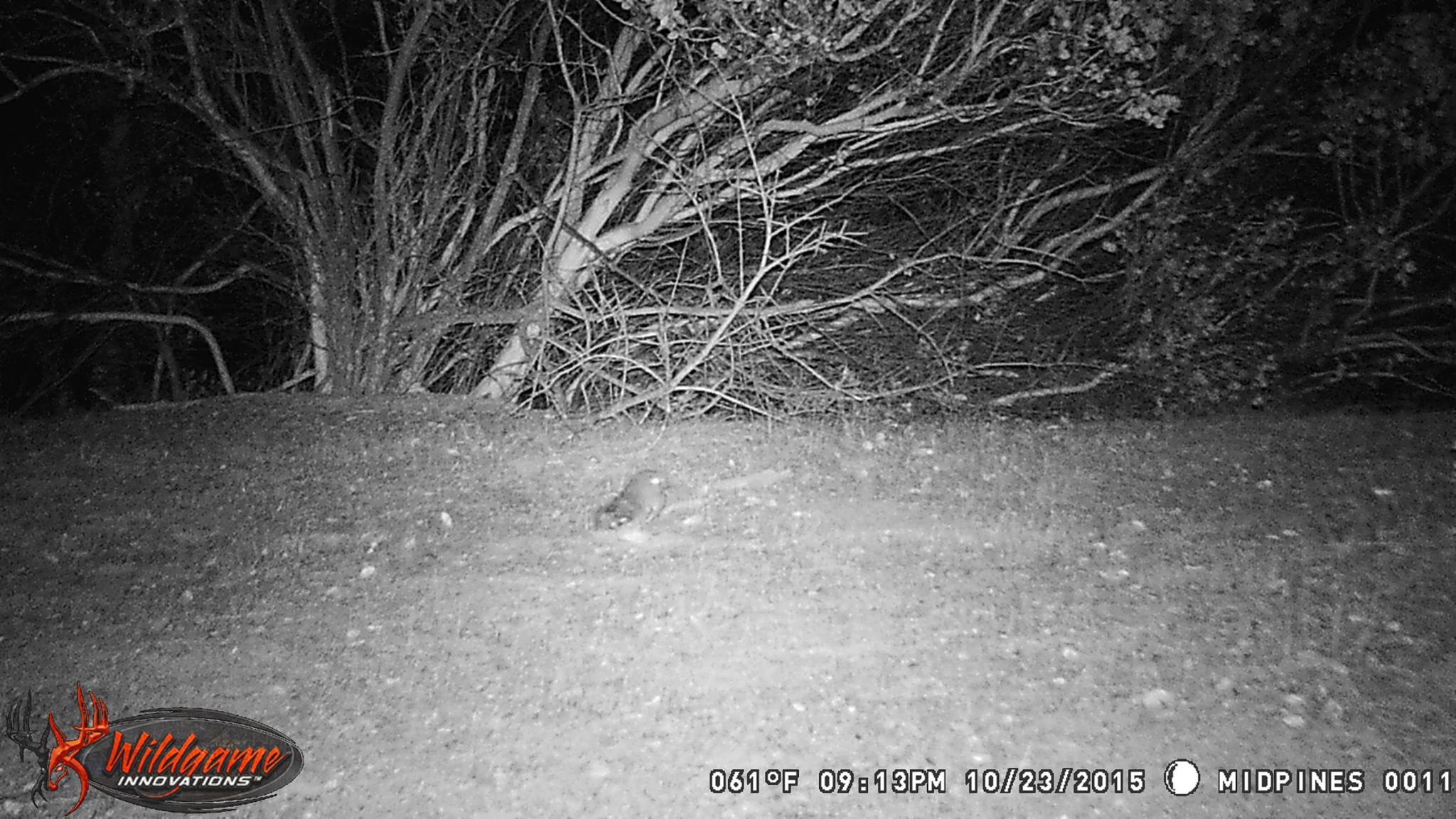You might have seen the really cool news about the humpback whales hanging out in San Francisco Bay--I was lucky enough to be able to see these remarkable animals firsthand today! On a recent trip with scientists Bill Keener and Izzy Szczepaniak with Golden Gate Cetacean Research (one of the conservation partners I work with) to check out harbor porpoises, the humpback whales stole the show from their cetacean cousins, and even treated us to a few close passes to our boat.
Unlike the harbor porpoises we were studying that day, who returned to San Francisco Bay in 2006 after a 65 year absence, humpback whales never completely vanished from the area (anyone remember the story of Humphrey the Humpback?), but the recent number of sightings is unprecedented in recent years. As Bill told KQED, “It’s pretty exciting. We’ve never seen this before and we’ve been studying this since the 70s.”
Humpback whale in San Francisco Bay. Photo Beth Pratt-Bergstrom
Harbor porpoise in San Francisco Bay. Photo Beth Pratt-Bergstrom





